
KNOW YOUR PROVIDER
All qualified health care professionals play an integral role in the delivery of health care in Louisiana. Efficient delivery of care, by all accounts, requires a team-based approach, which cannot exist without inter-professional collaboration between physicians and other health care professionals. When each member of the health care team plays his or her optimal and unique role – a role that should be clearly defined by one’s education and training – the patients reap the benefits.
There are significant differences in the educational and training
requirements between physicians and other health professionals.
Click on the interactive module below to learn more about the education requirements for various providers compared to physicians.

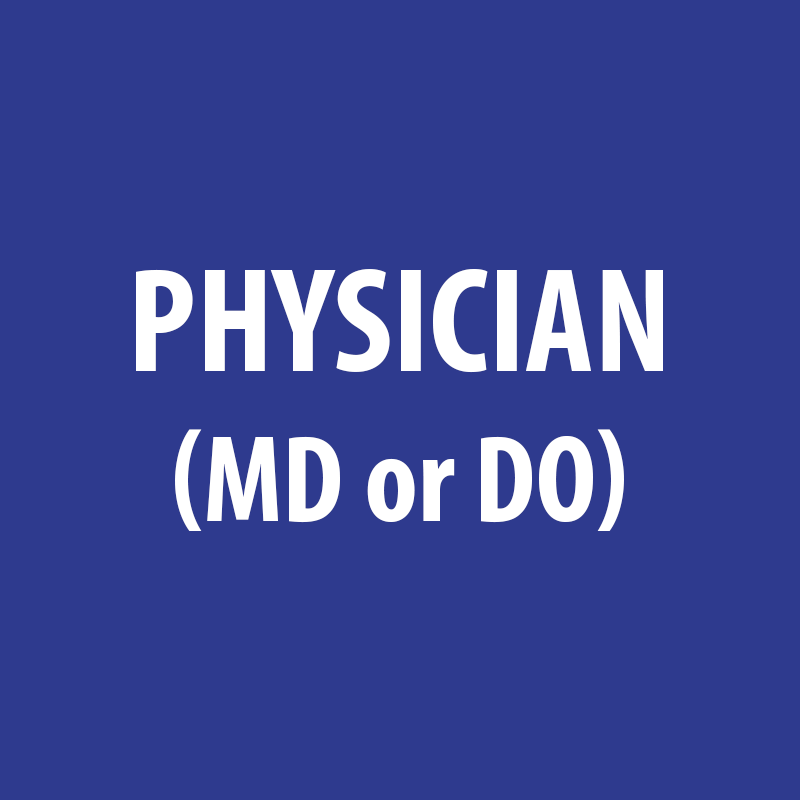
PHYSICIAN (MD or DO)
GRADUATE LEVEL EDUCATION:
4 Years (90 credit hours)
RESIDENCY/FELLOWSHIP TRAINING:
3-7 years
PATIENT CARE HOURS/TRAINING:
12,000 - 16,000 hours
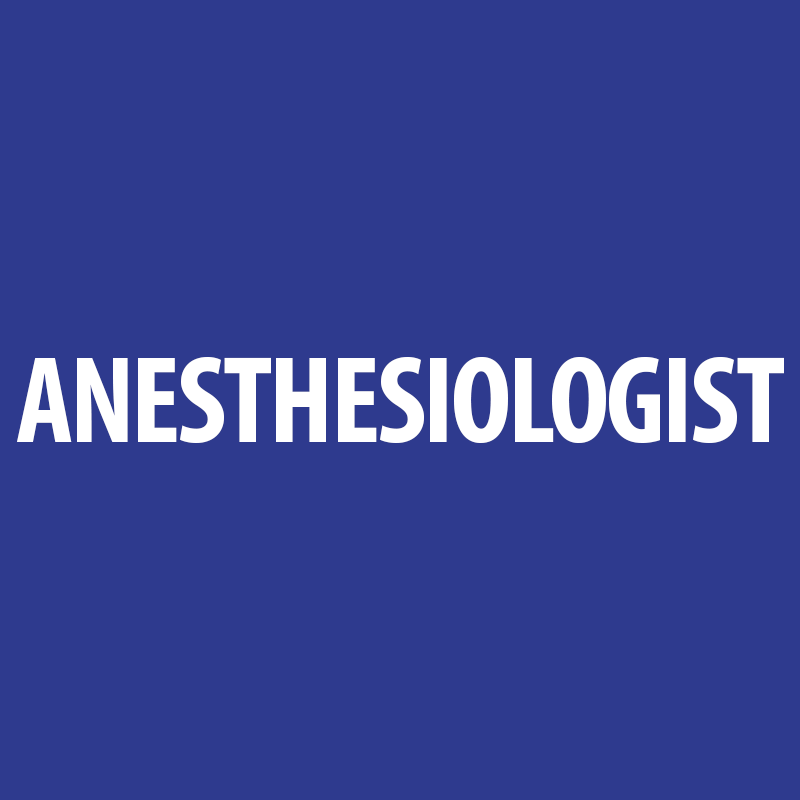
ANESTHESIOLOGIST
GRADUATE LEVEL EDUCATION:
4 Years
RESIDENCY/FELLOWSHIP TRAINING:
3-8 years
PATIENT CARE HOURS/TRAINING:
12,000 - 16,000 hours
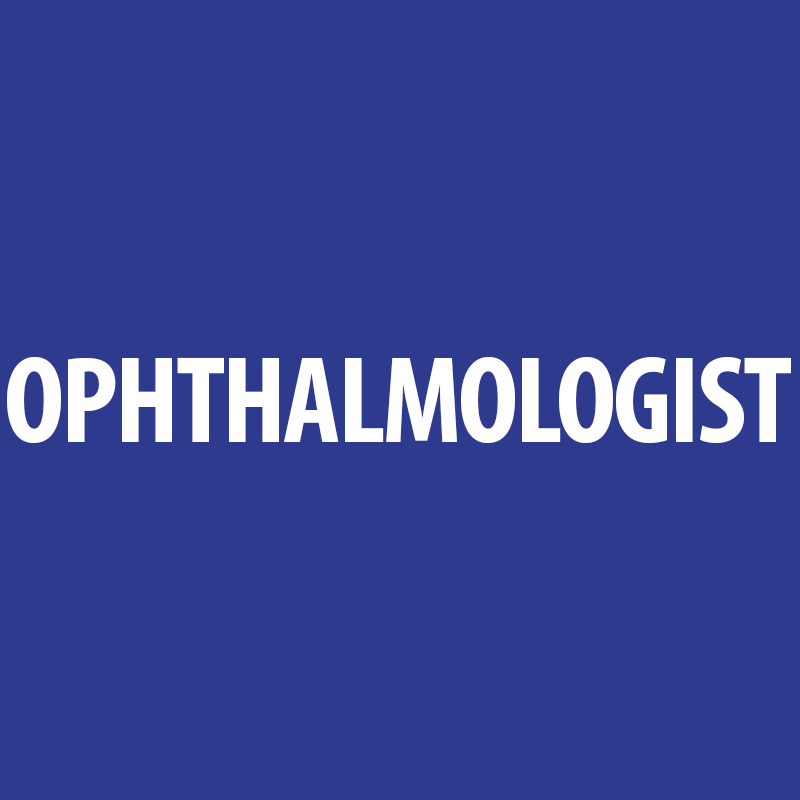
OPHTHALMOLOGIST
GRADUATE LEVEL EDUCATION:
4 Years + 1 Year Internship
RESIDENCY/FELLOWSHIP TRAINING:
3-5 years
PATIENT CARE HOURS/TRAINING:
12,000 - 16,000 hours + internship of 6 months
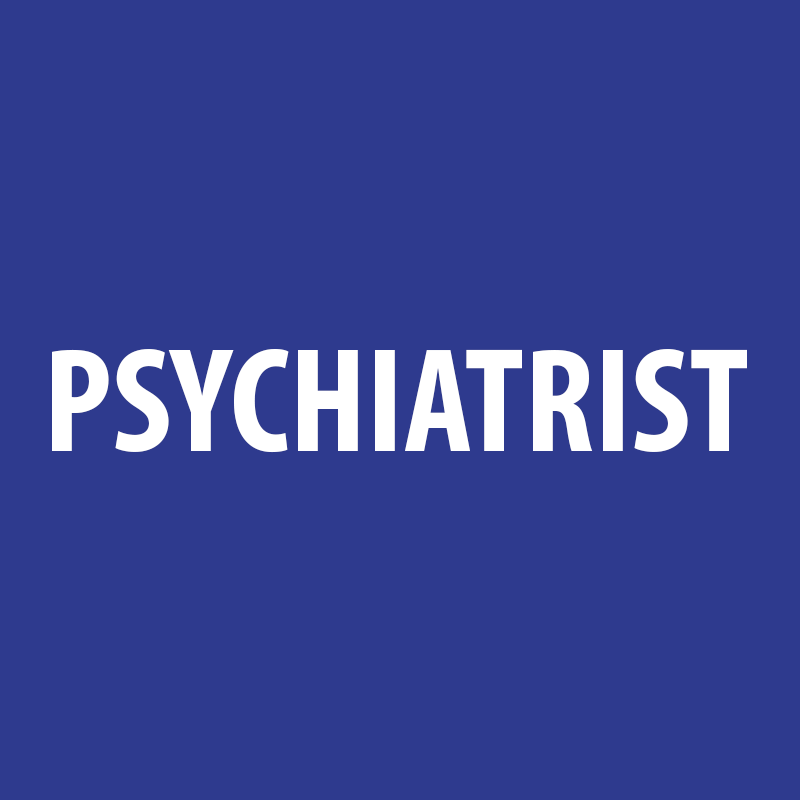
PSYCHIATRIST
GRADUATE LEVEL EDUCATION:
4 Years
RESIDENCY/FELLOWSHIP TRAINING:
3-7 years
PATIENT CARE HOURS/TRAINING:
12,000 - 16,000 hours
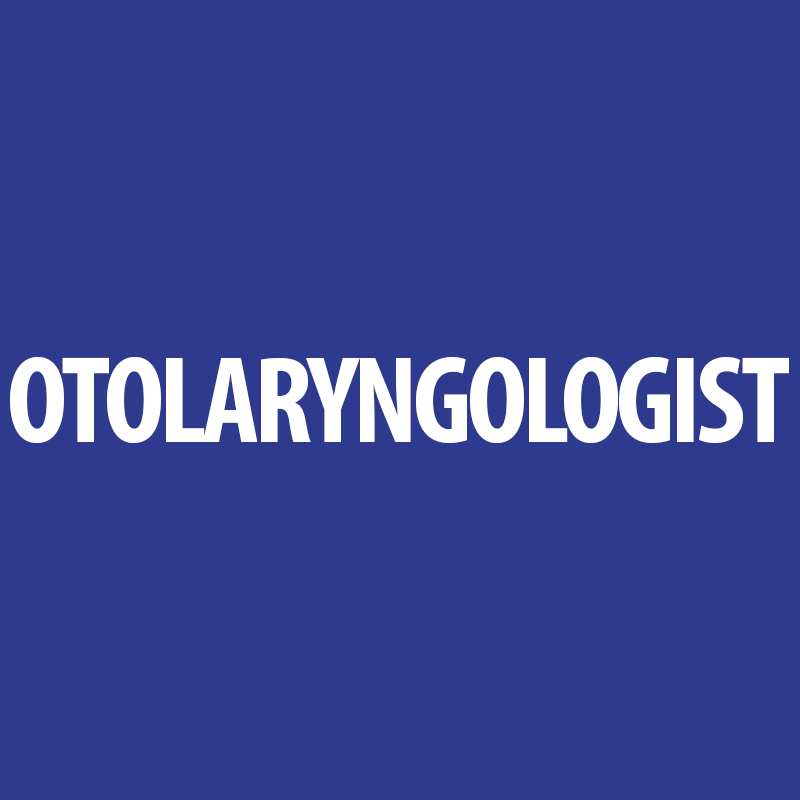
OTOLARYNOLOGIST
GRADUATE LEVEL EDUCATION:
4 Years
RESIDENCY/FELLOWSHIP TRAINING:
5-7 Years
PATIENT CARE HOURS/TRAINING:
12,000-16,000 Hours

ORTHOPAEDIC SURGEON
GRADUATE LEVEL EDUCATION:
4 Years
RESIDENCY/FELLOWSHIP TRAINING:
5 Year Minimum
PATIENT CARE HOURS/TRAINING:
10,000-12,000 Hours
TOTAL TIME FOR COMPLETION:
13-14 Years
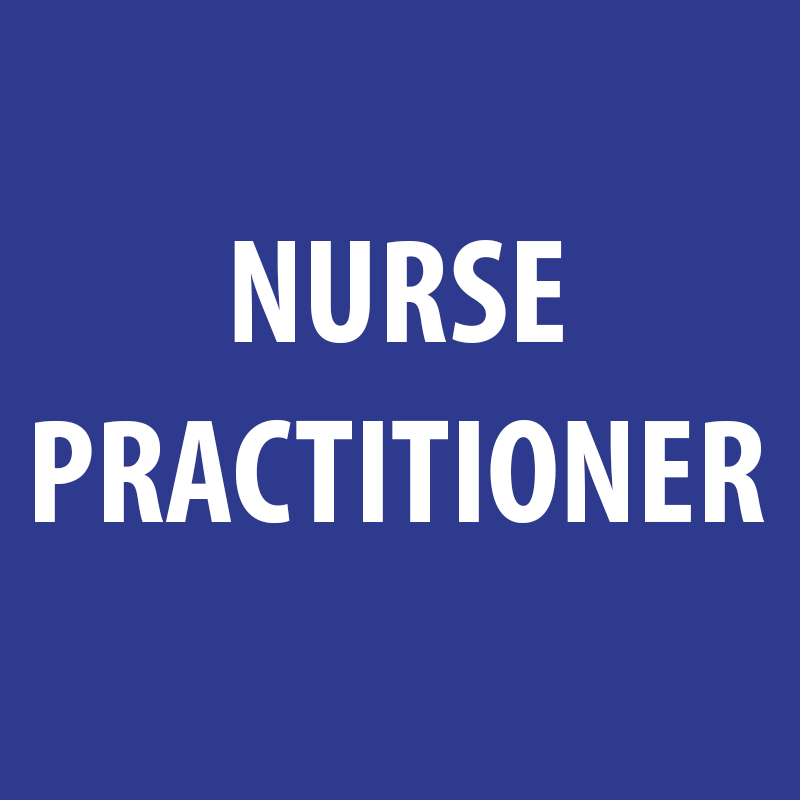
NURSE PRACTITIONER
GRADUATE LEVEL EDUCATION:
2-4 Years
RESIDENCY/FELLOWSHIP TRAINING:
Not required
PATIENT CARE HOURS/TRAINING:
500-720 hours
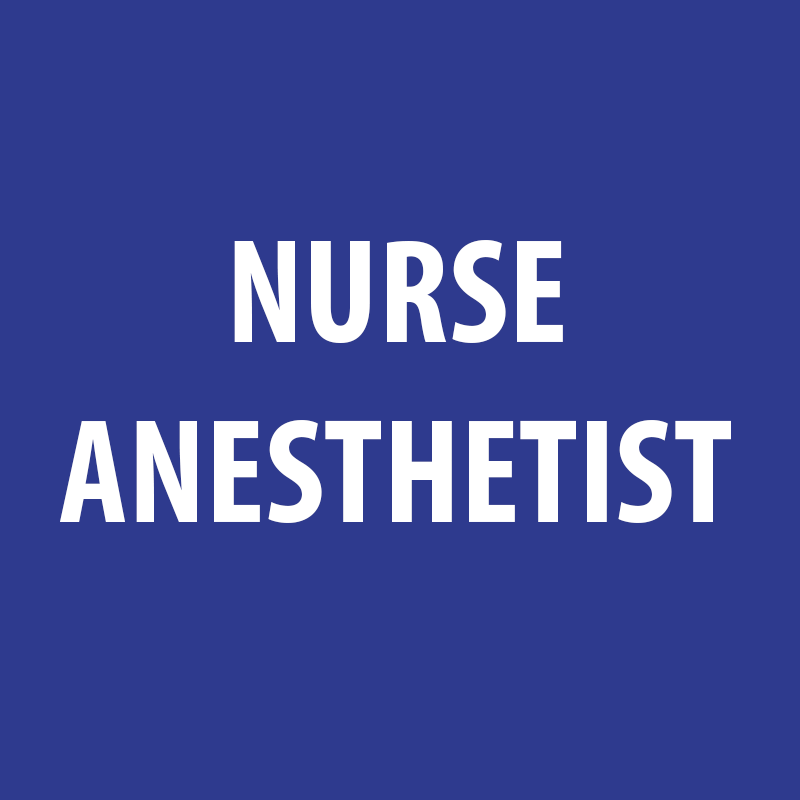
NURSE ANESTHETIST
GRADUATE LEVEL EDUCATION:
2-3 Years (45-75 credit hours)
RESIDENCY/FELLOWSHIP TRAINING:
Not required
PATIENT CARE HOURS/TRAINING:
450-550 cases

DIRECT-ENTRY MIDWIFE
GRADUATE LEVEL EDUCATION:
2 Years
RESIDENCY/FELLOWSHIP TRAINING:
Not required
PATIENT CARE HOURS/TRAINING:
Hours vary by program
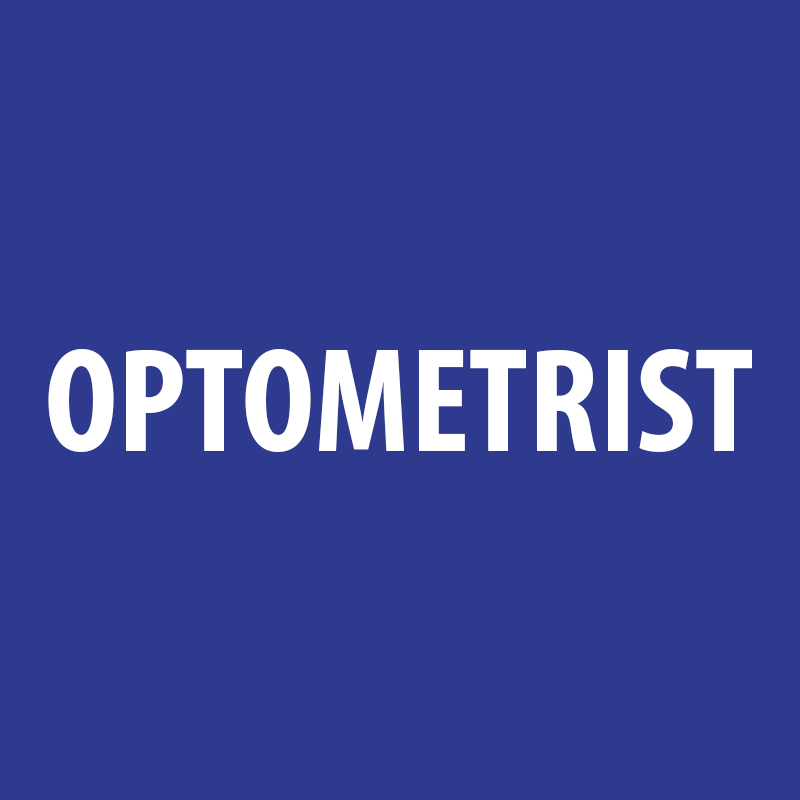
OPTOMETRIST
GRADUATE LEVEL EDUCATION:
4 Years
RESIDENCY/FELLOWSHIP TRAINING:
Not required
PATIENT CARE HOURS/TRAINING:
1 year clinical rotations

PSYCHOLOGIST
GRADUATE LEVEL EDUCATION:
4-6 Years
RESIDENCY/FELLOWSHIP TRAINING:
1 Year
PATIENT CARE HOURS/TRAINING:
1 Year
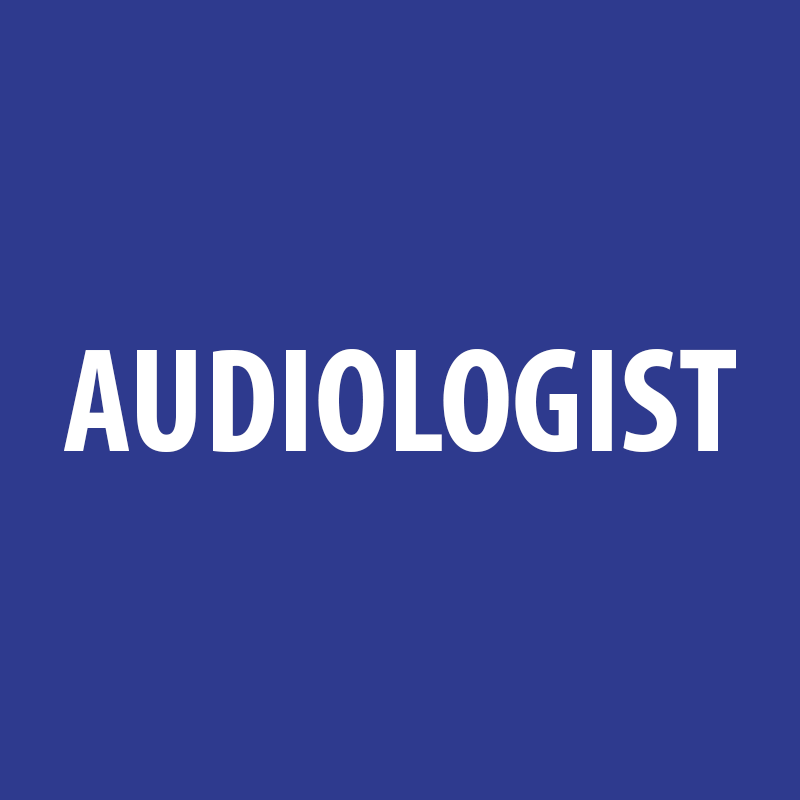
AUDIOLOGIST
GRADUATE LEVEL EDUCATION:
4 Years
RESIDENCY/FELLOWSHIP TRAINING:
1 Year
PATIENT CARE HOURS/TRAINING:
1,820 Hours
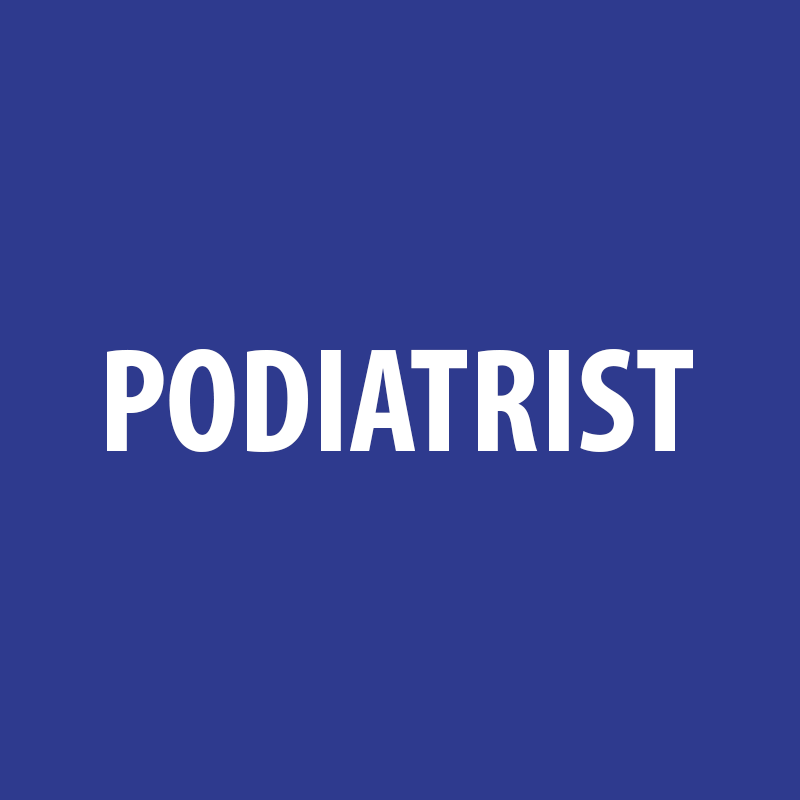
PODIATRIST
GRADUATE LEVEL EDUCATION:
4 Years
RESIDENCY/FELLOWSHIP TRAINING:
2-3 Years
PATIENT CARE HOURS/TRAINING:
40 Weeks

NATUROPATH
GRADUATE LEVEL EDUCATION:
4 Years
RESIDENCY/FELLOWSHIP TRAINING:
Not required
PATIENT CARE HOURS/TRAINING:
720-1,200 Hours
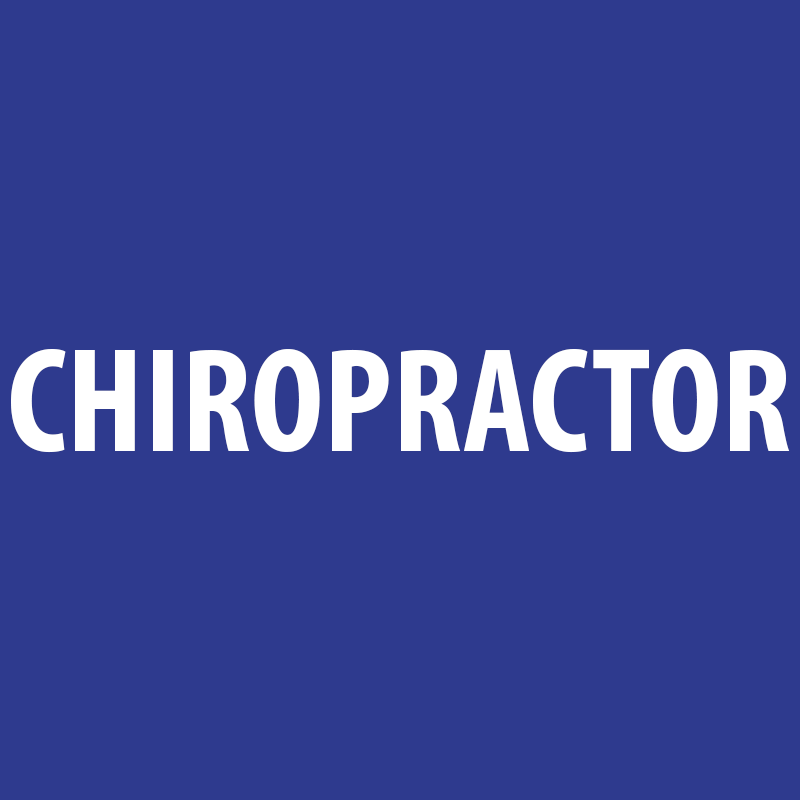
CHIROPRACTOR
GRADUATE LEVEL EDUCATION:
4-5 Years
RESIDENCY/FELLOWSHIP TRAINING:
None
PATIENT CARE HOURS/TRAINING:
320 Patients
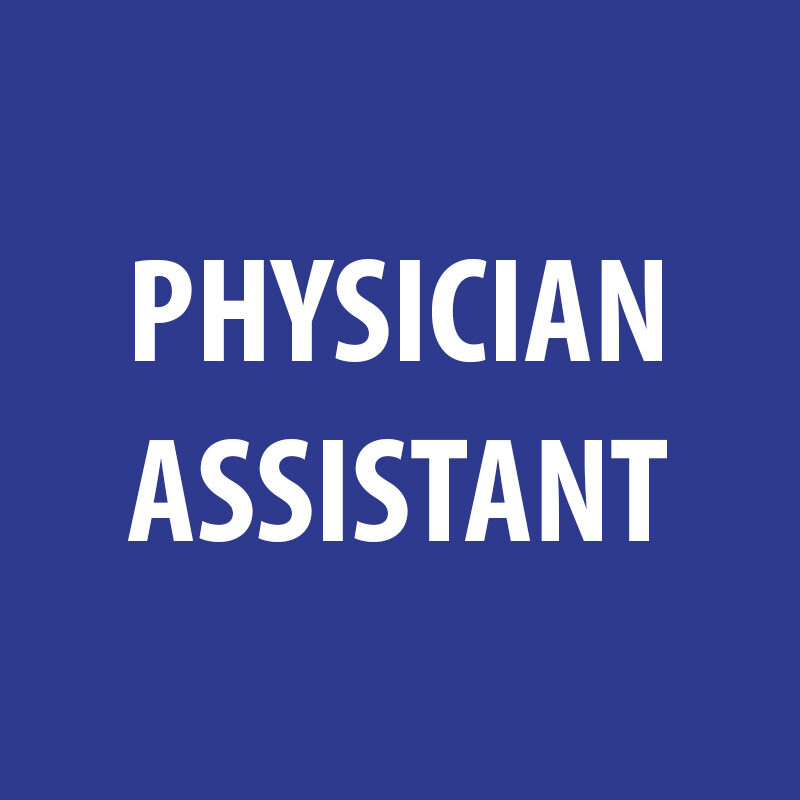
PHYSICIAN ASSISTANT
GRADUATE LEVEL EDUCATION:
3 Years
RESIDENCY/FELLOWSHIP TRAINING:
Not required
PATIENT CARE HOURS/TRAINING:
3 Years

PHARMACIST
GRADUATE LEVEL EDUCATION:
4 Years
RESIDENCY/FELLOWSHIP TRAINING:
Not required
PATIENT CARE HOURS/TRAINING:
Not required
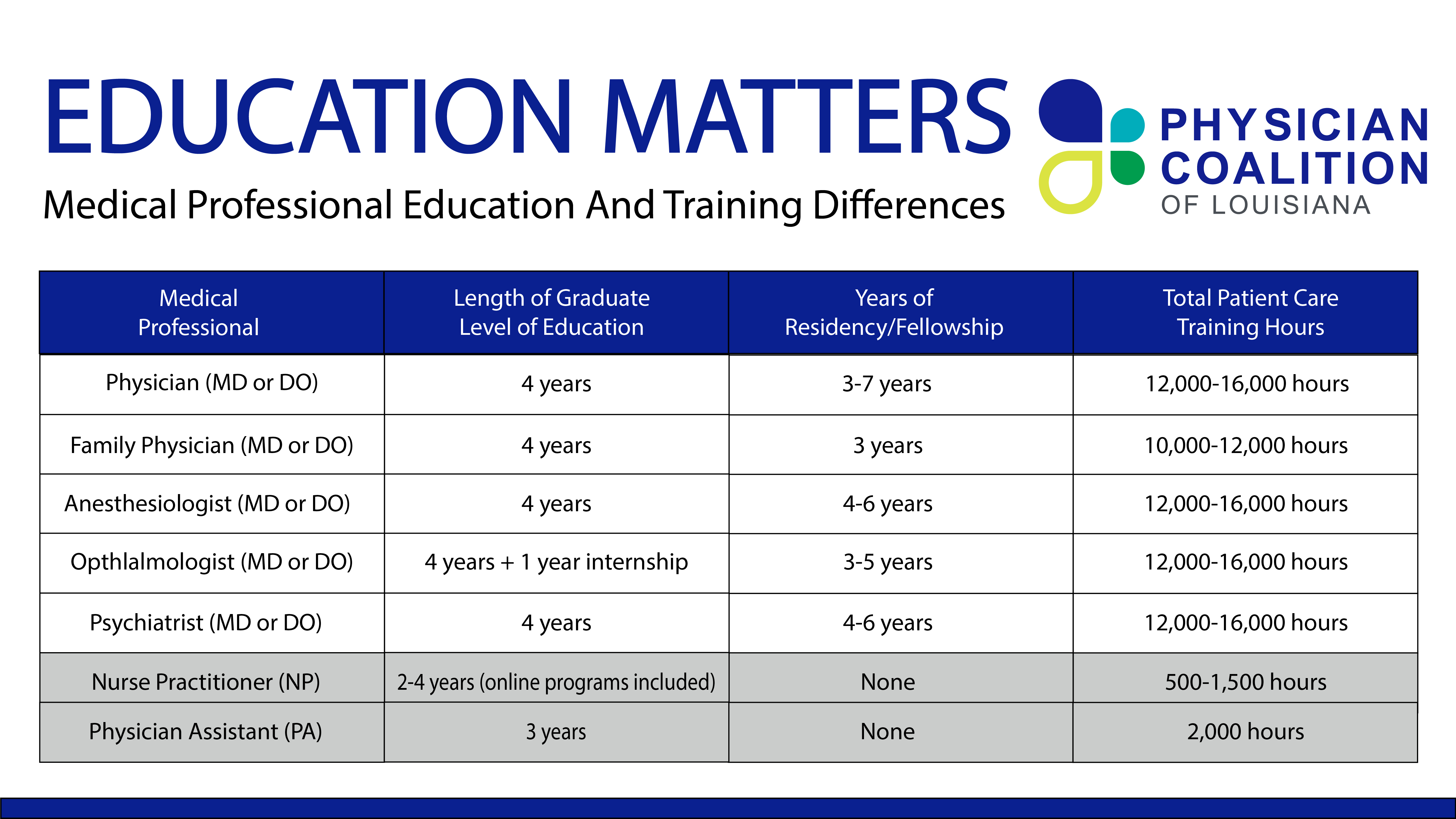
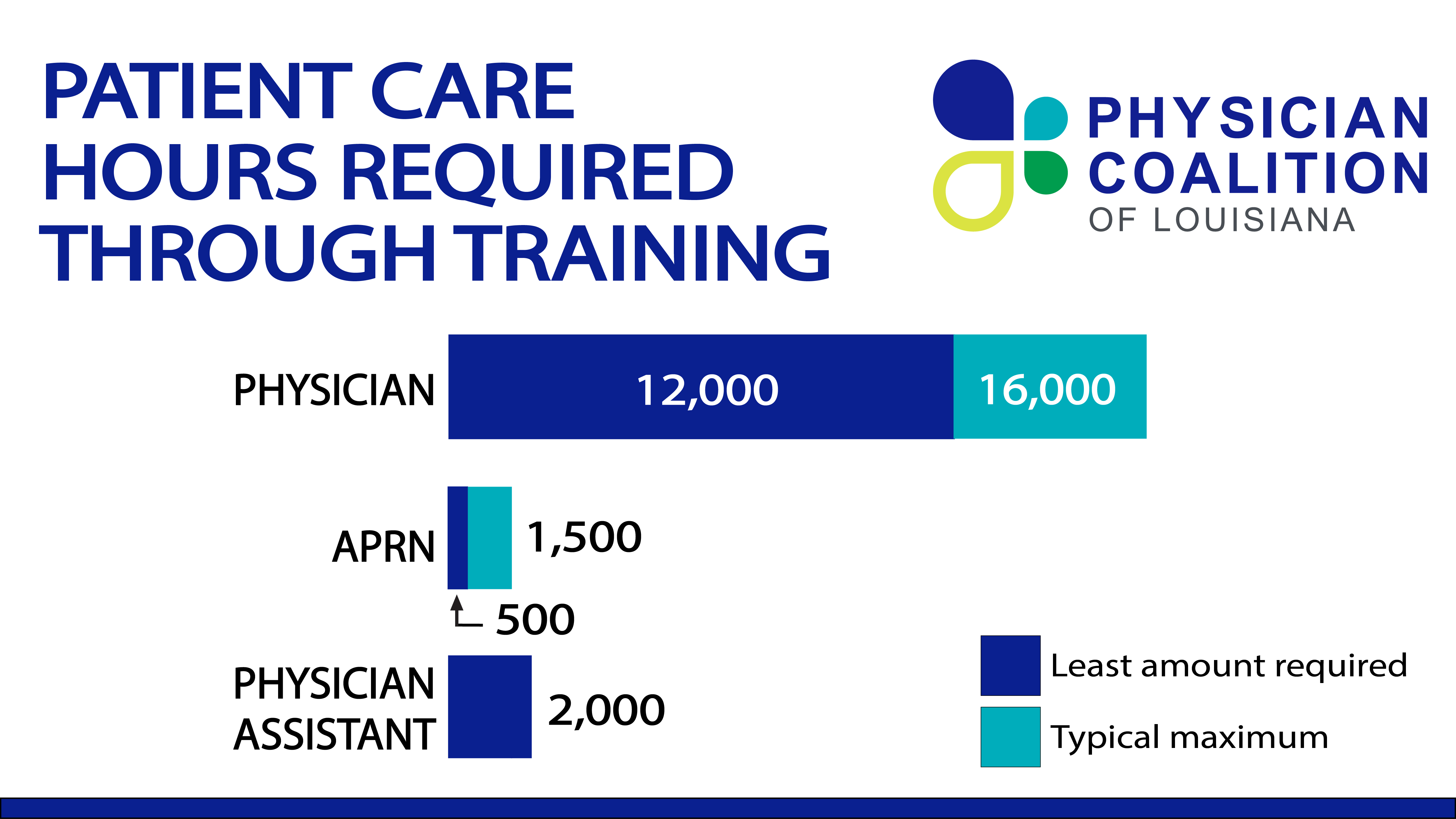
Education and Training:
All physicians are required to complete a four-year bachelor’s degree, four years of MD/DO education, and three years of residency which includes 12,000 to 16,000 hours of clinical patient care. Physicians’ education is standardized by state medical boards, while nurse training is not. Further, physicians are required to take 150 hours of Continuing Medical Education (CME) training every three years, and also must sit for their board certifications every six to ten years. Each physician is required by law to carry individual medical liability insurance.
FAMILY MEDICINE
Family Physicians receive their education typically through a four-year degree program at one of the 175 accredited allopathic or osteopathic medical schools in the United States. Students must pass the Medical College Admissions Test for entrance into medical school. Medical students spend nearly 9,000 hours in lectures, clinical study, lab and direct patient care. The overall training process begins with medical school and continues through residency. During their time in medical school, students take two “step” exams, called the United States Medical Licensing Examination (USMLE) or the National Board of Osteopathic Medical Examiners COMLEX-USA exams, and must take core clerkships, or periods of clinical instruction. Passing both exams and the clerkships grants students the Medical Doctor (MD) or Doctor of Osteopathic Medicine (DO) degree, which entitles them to start full clinical training in a residency program.
Most family medicine residency programs, which are accredited by the Accreditation Council for Graduate Medical Education (ACGME), require three years of training. As with other specialties, family medicine residency programs have specific requirements with certain numbers of hours and patient care experiences that must be completed for board certification. They are designed to provide integrated experiences in ambulatory, community and inpatient environments during three years of concentrated study and hands-on training.
The first year of residency called the internship year, is when the final “step” of the USMLE or COMLEX (Step 3 exam) is taken. During their three years of training, residents must meet the program requirements for both residency education in family medicine and certification by the American Board of Family Medicine (ABFM) or the American Osteopathic Board of Family Practice (AOBFP). Specific requirements for family medicine training vary by residency program. After three “program years” of training are completed and all requirements are met, residents are eligible to take the certification exam by the ABFM or AOBFP. Toward the end of residency, physicians also apply for licensure from their state medical boards, which determines where they can practice as a board-certified family physician. Although each state is different in their requirements for initial medical licensure, it is a necessity that physicians pass Step 3 of the USMLE.
Education and Training:
By contrast, nurse practitioners —also known as Advanced Practice Nurses (APN) and Advanced Registered Nurse Practitioners (ARNP) are required to complete a four-year bachelor’s degree,1.5 to 3 years of masters-level coursework, and between 500-1,500 clinical hours before becoming registered nurses. Nurses also are not required to complete CME, sit for board certifications at standardized intervals, or carry medical liability insurance.
Most Nurse Practitioners (NP) receive their education typically through a one-and-a-half to three-year degree program that confers a Master of Science in Nursing (MSN), depending on the prior education of the student. While many nurses have an MSN degree, there are alternate pathways available in a state to achieve NP licensure without advanced collegiate education. There is no single national accreditation agency for NP programs. Rather, NP education programs are housed within graduate programs accredited by one of several accreditation entities, including the American Association of Colleges of Nursing’s (AACN) Commission on Collegiate Nursing Education (CCNE), the Accreditation Commission for Education in Nursing (ACEN), and the National Association of Nurse Practitioners in Women’s Health Council on Accreditation. As of August 2015, there were 264 Practice Doctorate in Nursing programs enrolling students at schools of nursing, and an additional 60 DNP programs in planning stages. Typically, master’s level nursing programs require students for entry at least to have passed the National Council Licensure Exam for Registered Nurses (NCLEX-RN) and satisfactorily completed the Graduate Record Examination (GRE).
The below tables offer a side-by-side comparison of the education and training involved in becoming a family physician versus the requirements to become a nurse practitioner.

*While a standard 4-year degree, preferably a BSN, is recommended, alternate pathways exist for an RN without a bachelor’s degree to enter some master’s programs.
References:
Vanderbilt University Family Nurse Practitioner Program information retrieved from https://nursing.vanderbilt.edu/msn/fnp/index.php and the Vanderbilt University School of Nursing Student Handbook 2016-2017 at https://nursing.vanderbilt.edu/students/current/pdf/handbook.pdf [Accessed March 2017].
Education and Training
There are significant differences in the educational and training requirements between physicians and physician assistants. All physicians are required to complete a four-year bachelor’s degree, four years of MD/DO education, and three years of residency which includes 12,000 to 16,000 hours of clinical patient care. Further, physicians are required to take 150 hours of Continuing Medical Education (CME) training every three years, and must sit for their board certifications every six to ten years. Each physician is required by law to carry individual medical liability insurance.
A broad, generalist medical education gives PAs the skills needed to evaluate and certify health status. PAs take medical histories, perform physical examinations, order and interpret laboratory tests, diagnose illness, develop and manage treatment plans for their patients, prescribe medications, and assist in surgery. By contrast, physician assistants are required to complete a four-year bachelor’s degree and three years of PA education. The typical PA program extends over 27 continuous months and begins with classroom instruction in basic medical sciences. This is followed by rotations in medical and surgical disciplines including family medicine, internal medicine, general surgery, pediatrics, obstetrics and gynecology, emergency medicine, and psychiatry.¹ Students complete 2,000 hours of clinical practice during their PA education and do not complete an additional residency-like training. Almost all PA programs now award master’s degrees, and by 2020 all programs must do so.
Physician assistants must pass a national certifying examination and obtain state licensure prior to practice. They are required to take 100 hours of CME training every two years and sit for a recertification exam every ten years. Physician assistants are not required by law to carry individual medical liability insurance.
References:
1 Physician Assistant Education Association. Program report 33: By the numbers, Data from the 2017 program survey. Alexandria, VA: PAEA; 2018.
Education and Training
Pharmacists are required to complete a Doctor of Pharmacy (PharmD) degree from a pharmacy school or college accredited by the Accreditation Council for Pharmacy Education. PharmD programs require at least two years of undergraduate study, although some require a bachelor’s degree. PharmD programs generally take four years to complete and usually involve both pharmacy coursework and supervised work experiences. Following completion of a PharmD, pharmacists must complete a North American licensure exam as well as obtain state licensure to practice. State licensure requirements vary from state to state but include completion of an exam and generally also require a specified number of hours as an intern. There are additional further specialty certifications that pharmacists can obtain to show an advanced level of knowledge in a specific area. Such certifications can allow pharmacists to administer vaccinations and immunizations or become a Certified Diabetes Educator.
Education and Training
There are significant differences between family physicians and naturopaths in both training and education. Family physicians receive their education through a four-year degree program at one of the 183 accredited allopathic or osteopathic medical schools in the United States. Students must pass the Medical College Admissions Test (MCAT) for entrance into medical school and spend nearly 9,000 hours in lectures, clinical study, lab and direct patient care. ¹,²
Most family medicine residency programs require three years of clinical training and have specific requirements that must be met, such as a demonstrated competency in diagnosis and management and direct experiences in patient care, before students are eligible for board certification. Residency programs are designed to provide integrated experiences in ambulatory, community and inpatient environments over three years of concentrated study and hands-on training.³
Naturopathic education is completed through a four-year degree program that confers a Doctor in Naturopathy (ND) or Doctorate in Naturopathic Medicine (NMD). Currently, there are only seven naturopathic education institutions in the United States. These schools do not require an entrance exam, such as the MCAT or Graduate Records Examination (GRE), for admission.
Naturopathic instruction totals 4,100 hours which includes coursework in areas such as homeopathy and botanical medicine and requires at least 1,200 hours of clinical education, with a minimum of 850 hours in direct patient care. Graduates of naturopathic degree programs are not required to undergo the same post-graduate residency training expected of medical school graduates; however, some naturopathic institutions offer an optional one-year residency program. 4
References:
1 “About the AAMC.” Association of American Medical Schools. Web.
2 “U.S. Colleges of Osteopathic Medicine.” American Association of Colleges of Osteopathic Medicine. Web.
3 “Typical Medical School Curriculum.” Study.com. Web.
4 “The Curriculum.” Association of Accredited Naturopathic Medical Colleges. Web.

225-923-3313 or 225-763-8500
info@physiciancoalition.org
